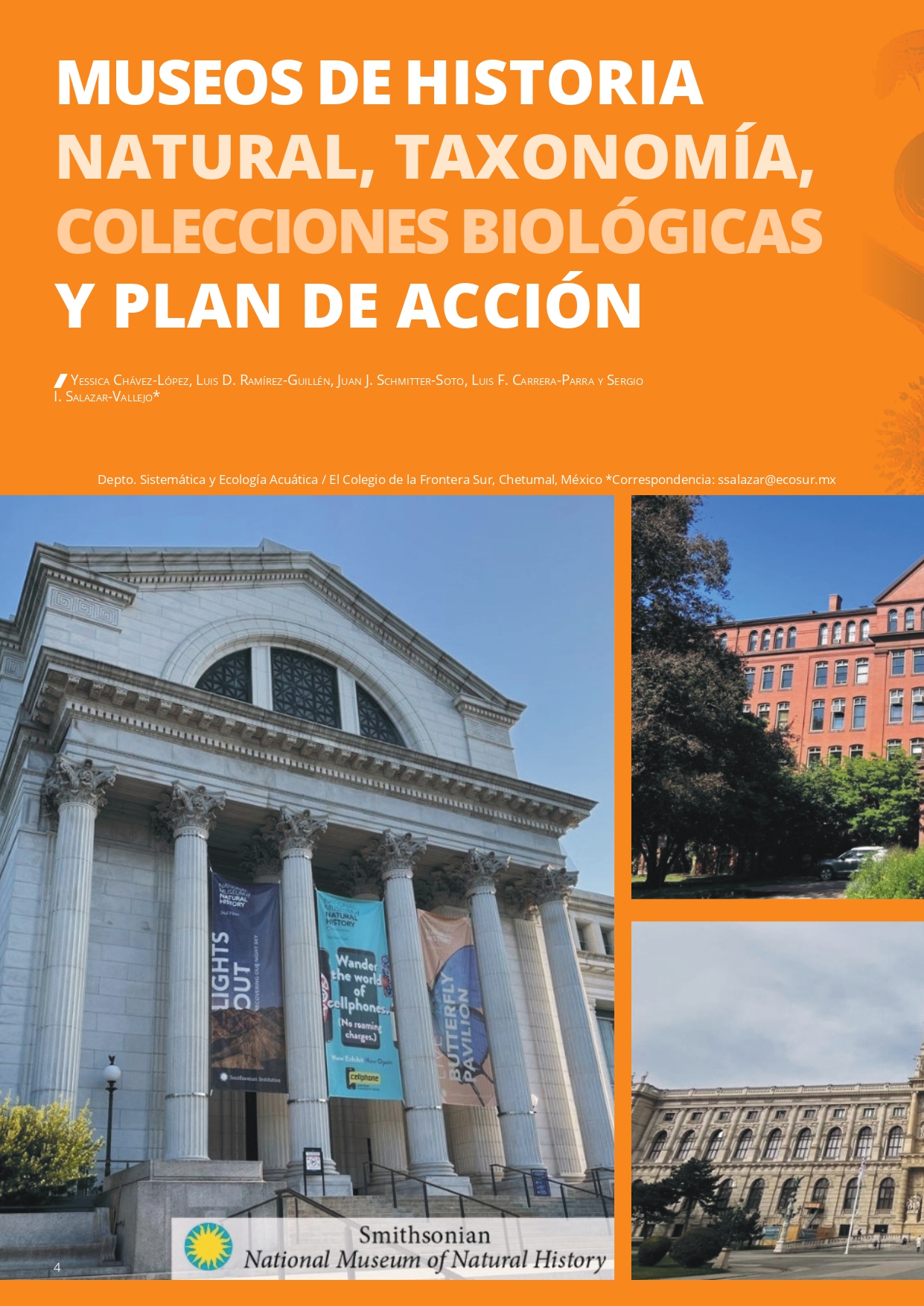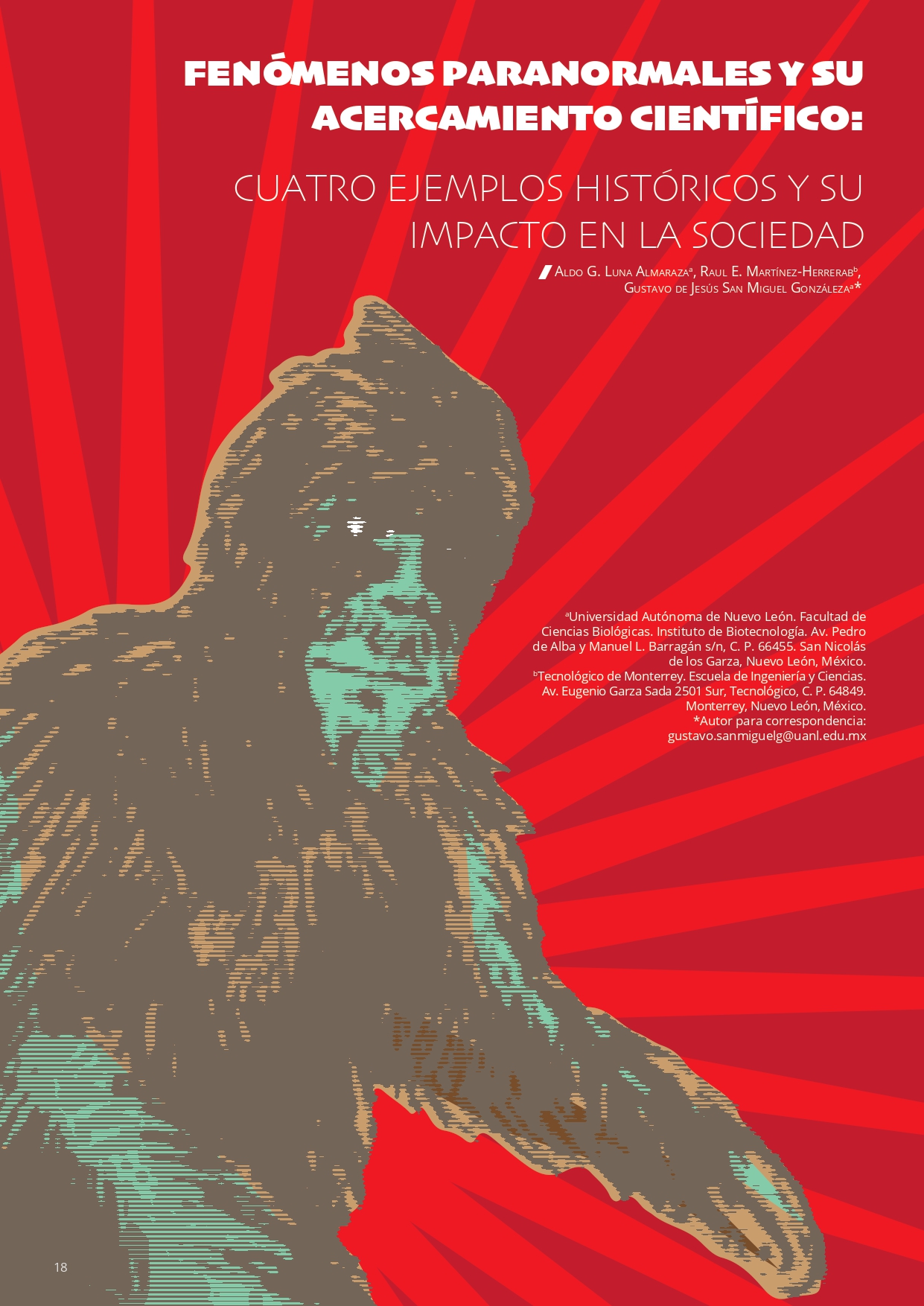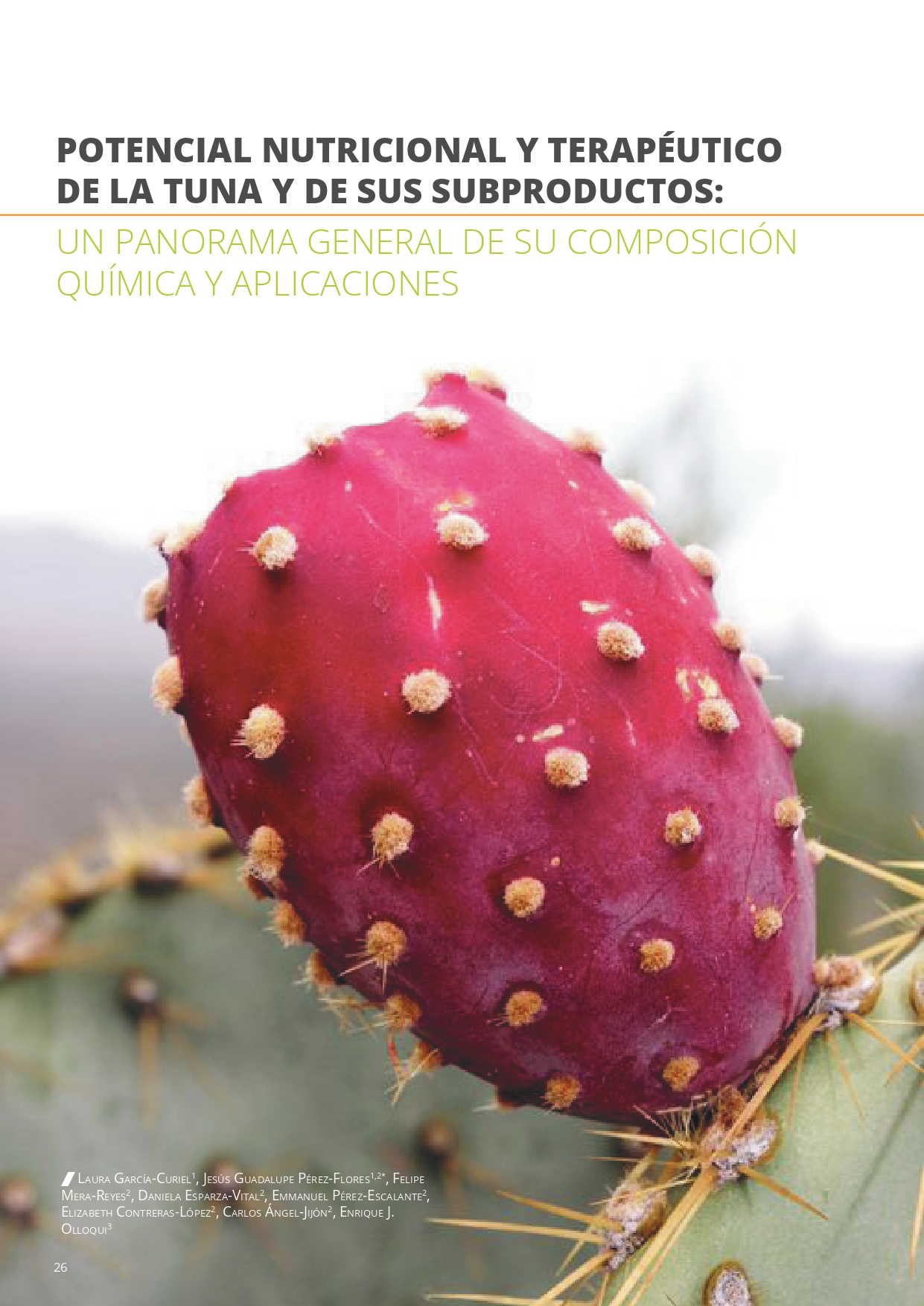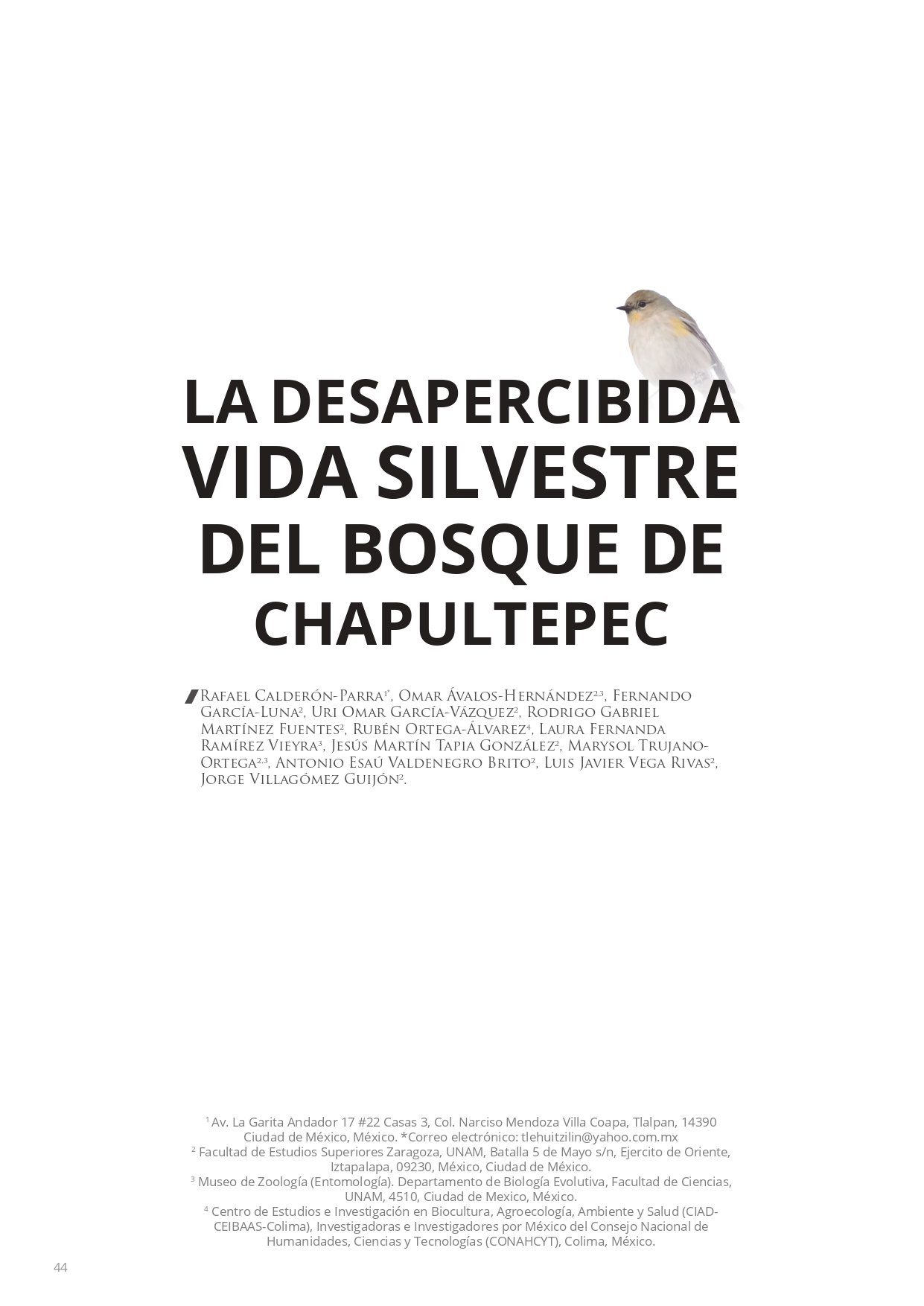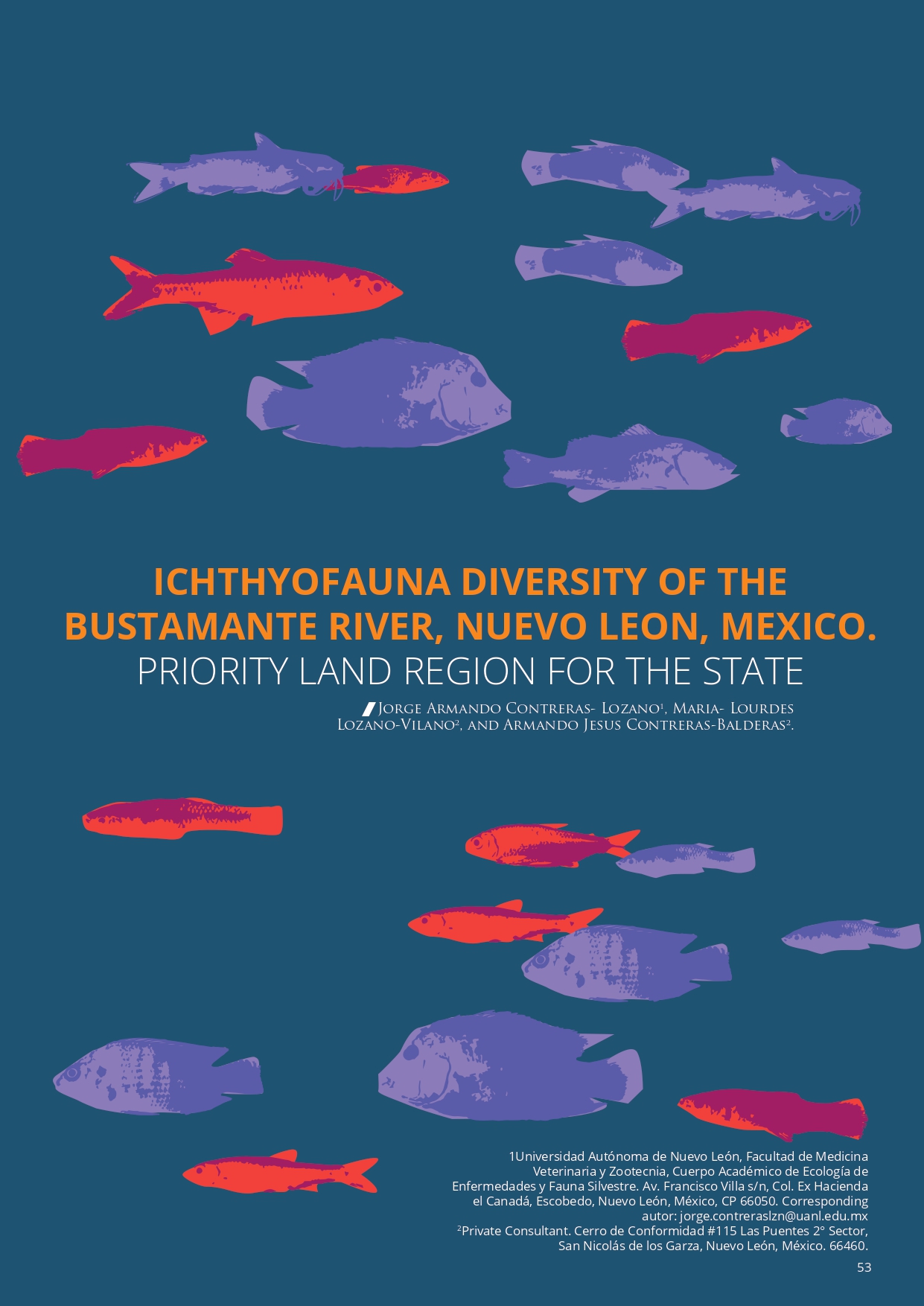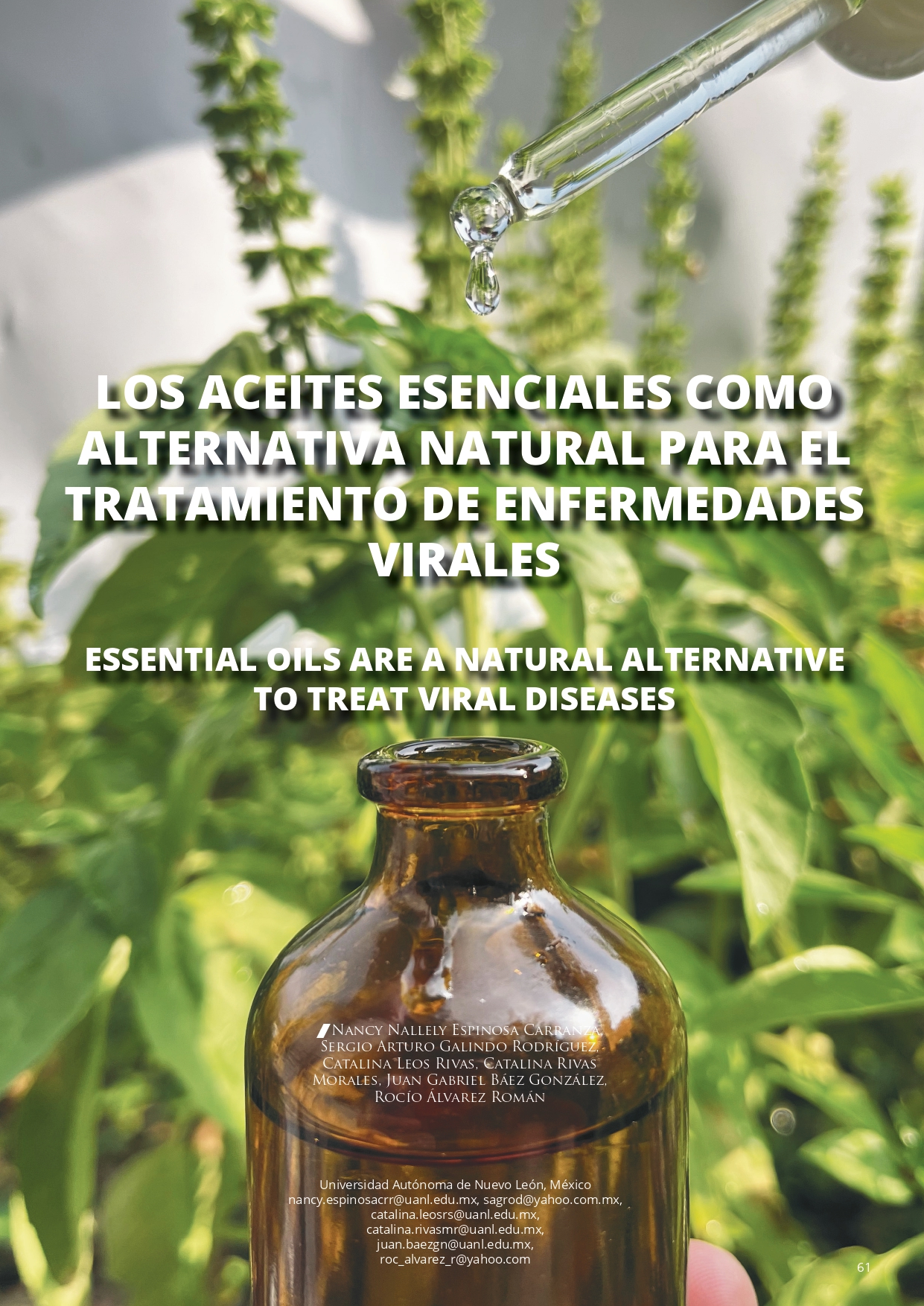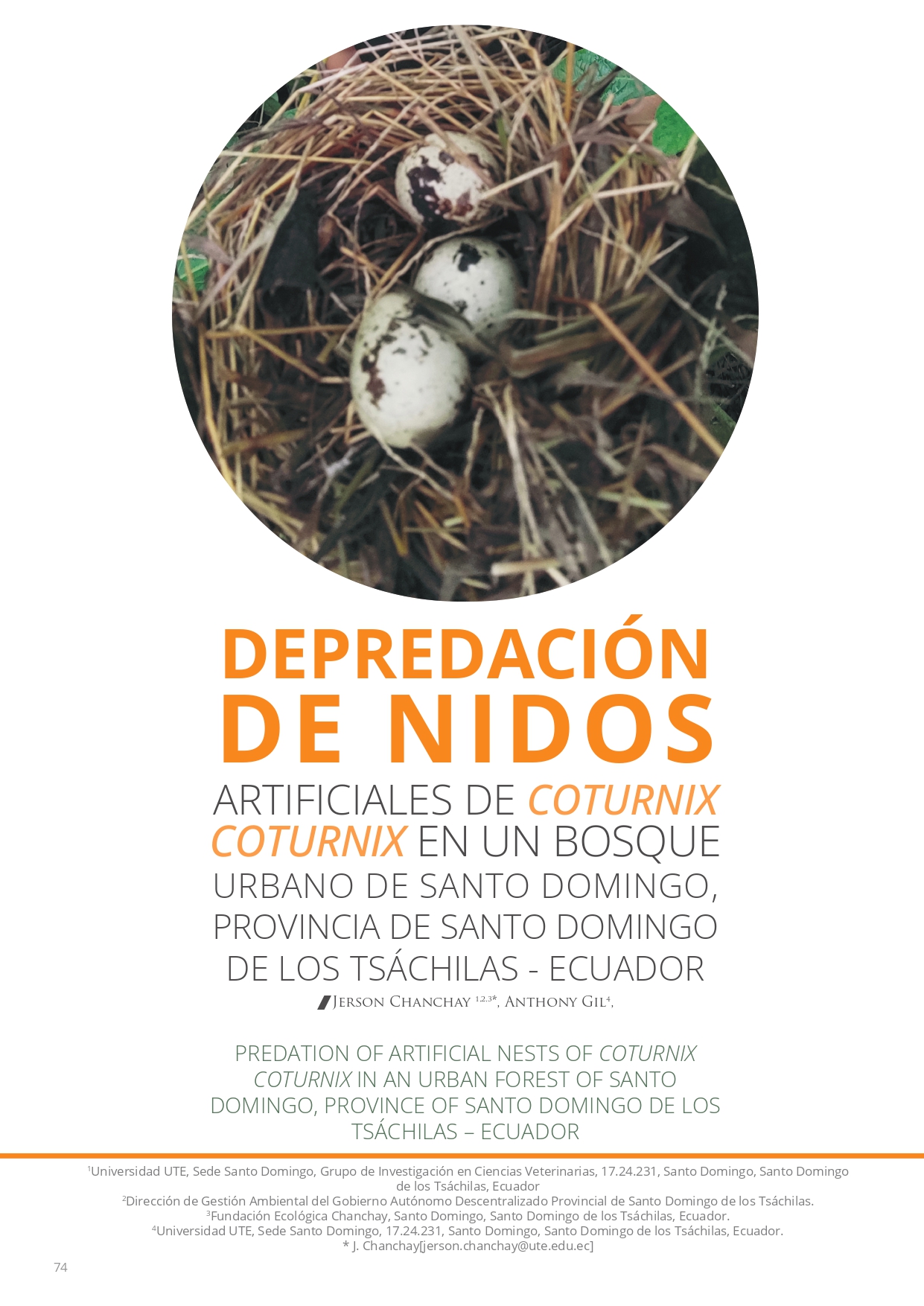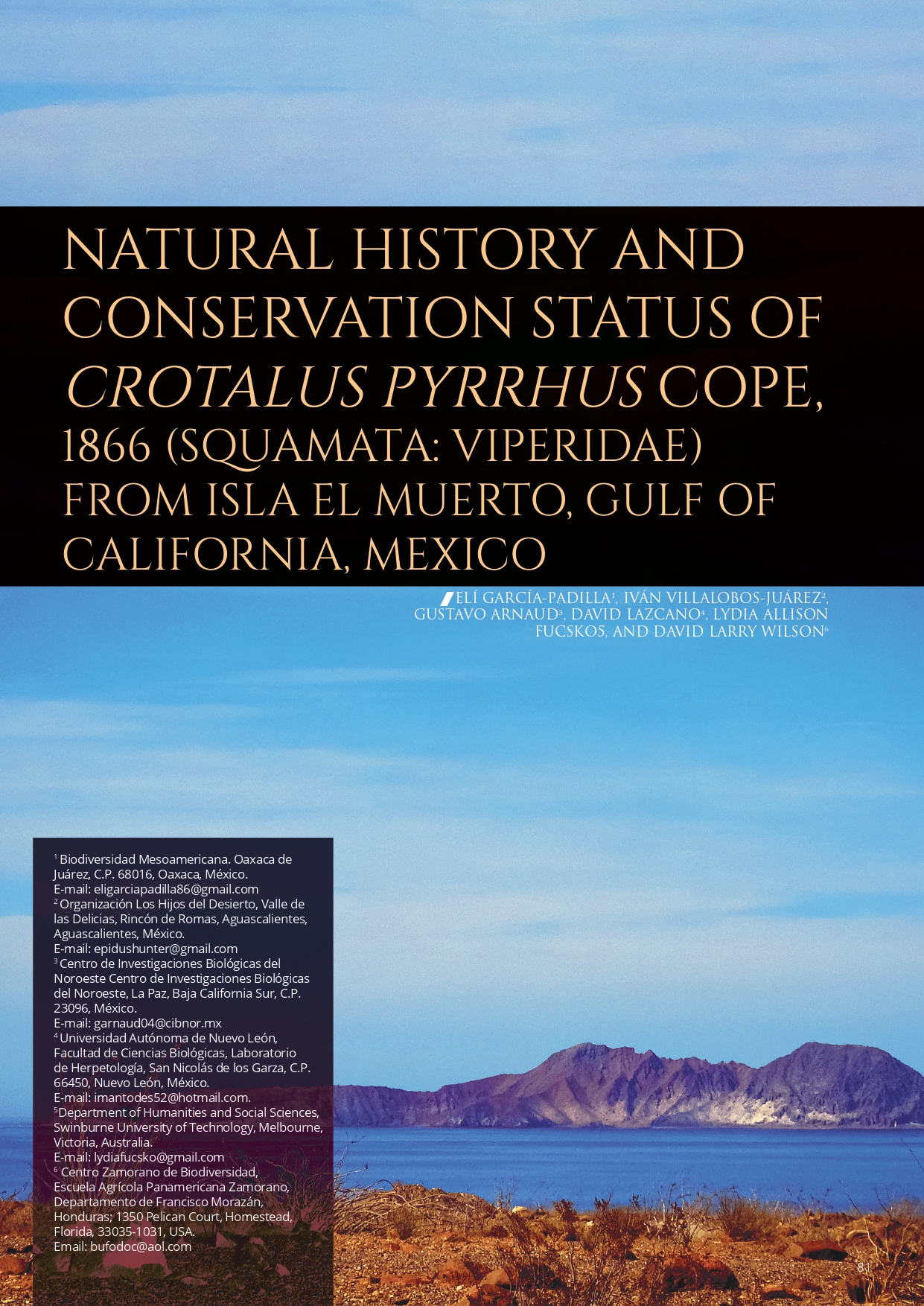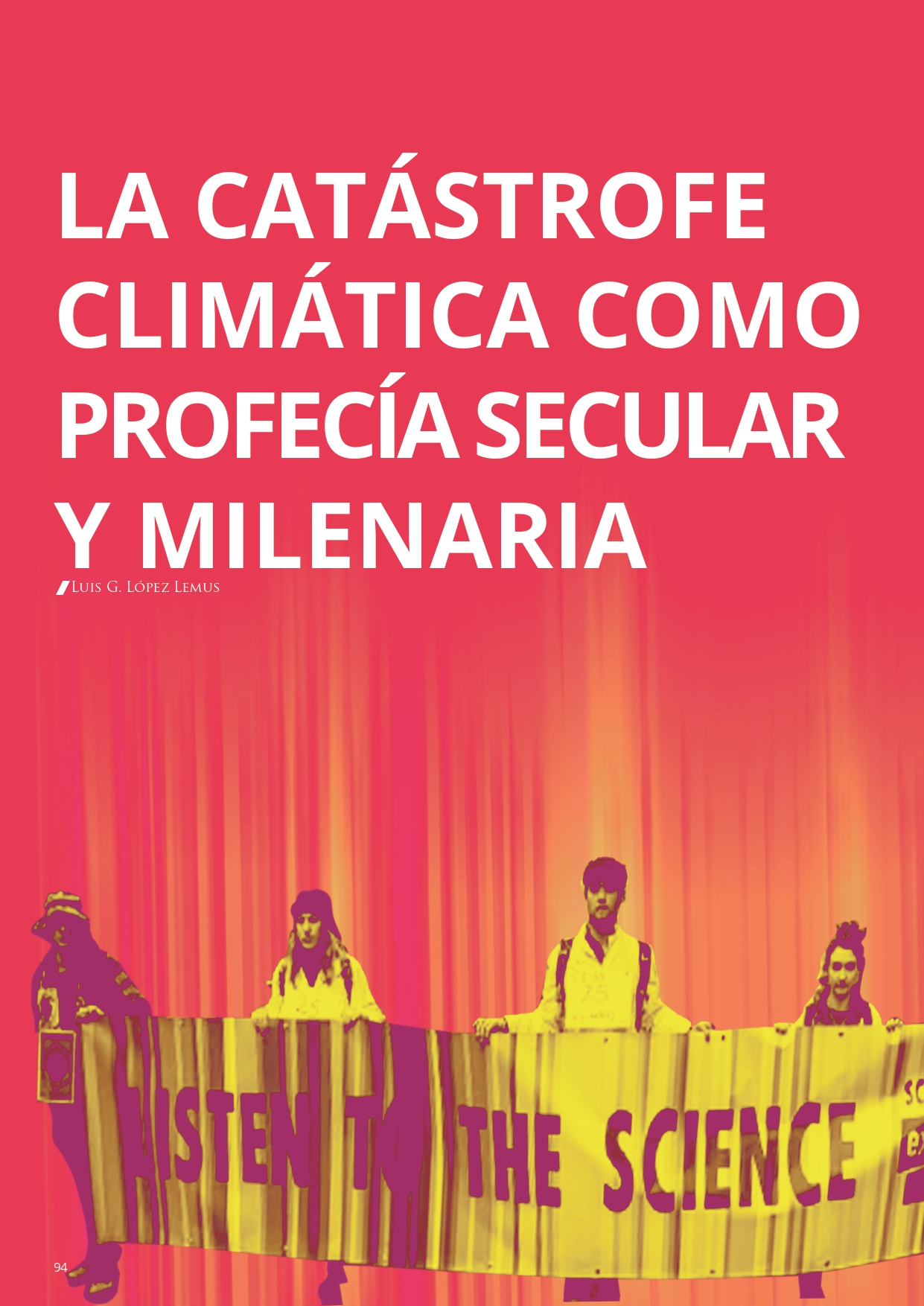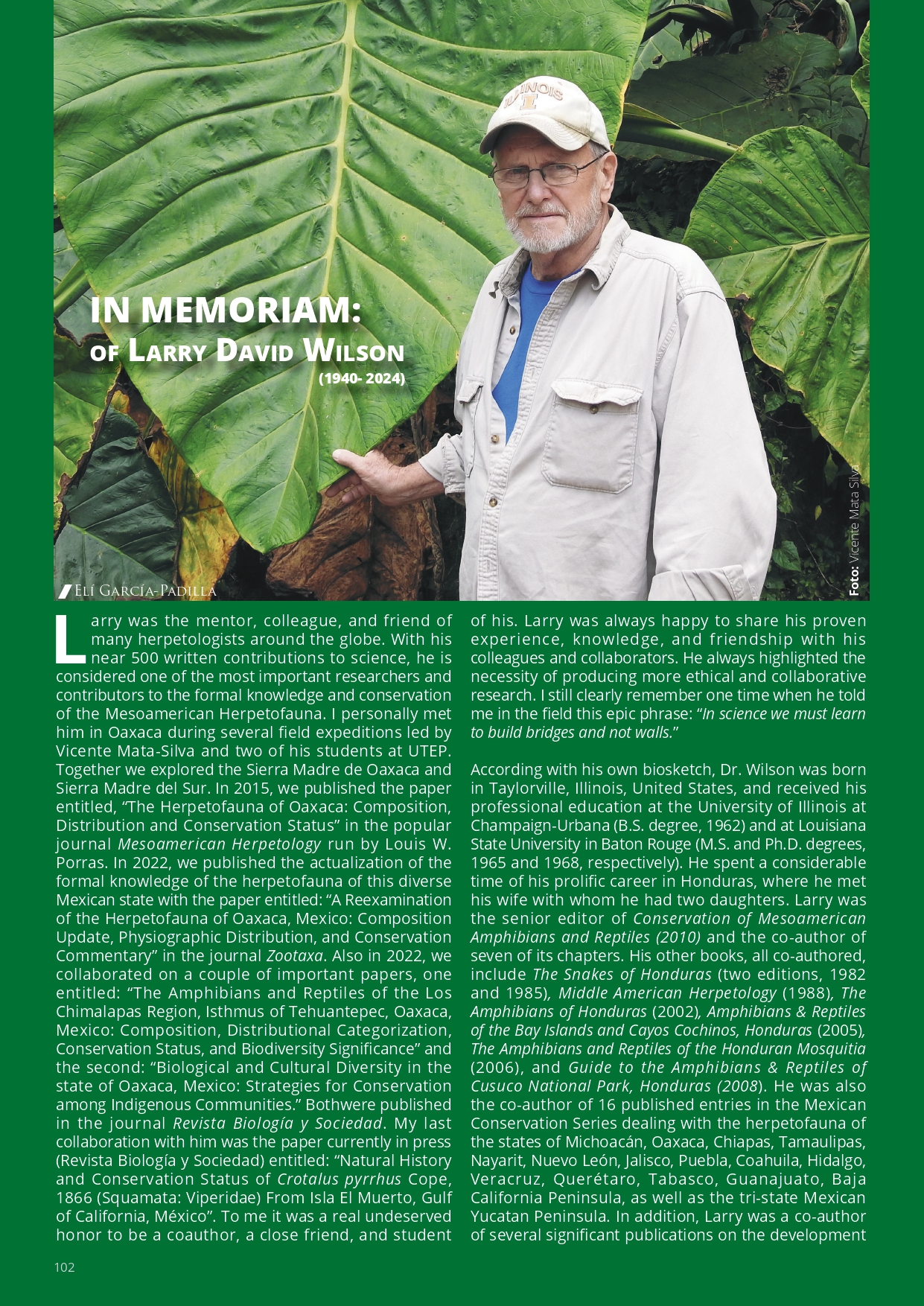Vol. 7 No. 14 (2024): Julio-Diciembre 2024

In the fourteenth issue of Biology and Society we are pleased to share a collection of articles that deal with a great diversity of topics ranging from natural history museums, biological collections and an action plan to be incorporated into the new Science Law in Mexico, in this work the authors include recommendations for an improvement in the establishment and future management of these enclosures dedicated to the preservation of biodiversity. In a second contribution, the authors take us into paranormal phenomena, ideas widely rooted in a broad sector of society, including information from four historical examples, concluding that scientific thinking should be encouraged in society. Another work worth highlighting is the one dedicated to the “prickly pear”, where the authors provide us with information about the nutritional and therapeutic potential of this fruit. We take a leap in the following work towards the wildlife of the Chapultepec forest, the authors detail substantial changes in the original vegetation of the forest, which has brought about the loss of the biological cast of that place, however, they highlight the current presence of a large number of species of insects, birds, reptiles and amphibians. We see with interest the diversity of the ichthyofauna of the Bustamante River in the state of Nuevo León, a river that is subject to flooding and is located in the Bustamante Canyon. In this work, the authors highlight the presence of two species that are threatened and protected within national regulations, and three species considered exotic. In another installment, the authors take us into the study of essential oils as an alternative for the treatment of diseases caused by viruses. They emphasize that the main line of defense against these infectious agents is the immune system. They provide us with examples of studies in which the potential of essential oils as antivirals has been evaluated. In the following work they tell us about birds in the urban environment and their ability to survive factors such as nest predation. In this study, the authors carried out tests placing a number of artificial nests in an urban park in Ecuador and provided us with truly alarming results, so authorities or decision makers should raise awareness and avoid the population decline of the orinitofauna in the near future. . In another work the author tells us about climate change and the social movements that surround it. He comments on an essay written in 1983 by Michael Barkun on the “new apocalypticism”, he comments on excerpts from the writing in relation to current debates and their catastrophic projections. Finally, we will find an article that deals with the conservation status of a rattlesnake endemic to an island in the Gulf of California. In this work the authors provide alarming data about its density and the danger it faces in surviving as a species.
The news of the death of Dr. Larry David Wilson is very regrettable. In this issue we present his last work during his lifetime and the In Memoriam section dedicated to his work. We in Biology and Society have great appreciation and affection for Dr. Wilson, given that he was a constant collaborator even in the times when our magazine was just starting and we did not have an ISSN number. We will be eternally grateful to him and the group of herpetologists he led. Rest in Peace Dr. Larry D. Wilson.

